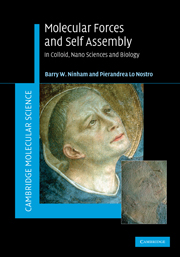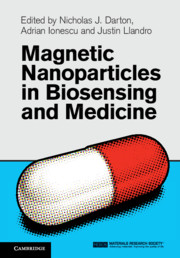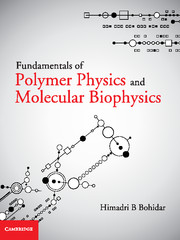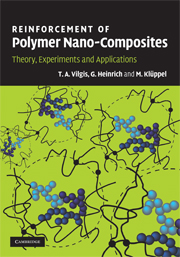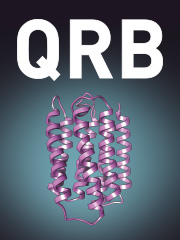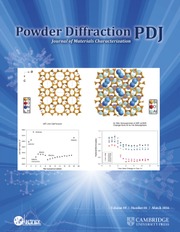Molecular Forces and Self Assembly
Challenging the cherished notions of colloidal theory, Barry Ninham and Pierandrea Lo Nostro confront the scientific lore of molecular forces and colloidal science in an incisive and thought-provoking manner. The authors explain the development of these classical theories, discussing amongst other topics electrostatic forces in electrolytes, specific ion effects and hydrophobic interactions. Throughout the book they question assumptions, unearth flaws and present new results and ideas. From such analysis, a qualitative and predictive framework for the field emerges; the impact of this is discussed in the latter half of the book through force behaviour in self assembly. Here, numerous diverse phenomena are explained, from surfactants to biological applications, all richly illustrated with pertinent, intellectually stimulating examples. With mathematics kept to a minimum, and historic facts and anecdotes woven through the text, this is a highly engaging and readable treatment for students and researchers in science and engineering.
- Presents new developments in the discipline and describes their impact on applications in chemical engineering, nanosciences, biotechnology, and biological sciences
- Avoids complex mathematical formulae so the content is accessible to non-technical readers
- Useful summaries and extensive referencing provide information on the most relevant discoveries in the last 100 years
Reviews & endorsements
"Science regularly progresses at a deliberate pace; each proclaimed advance is measured and tested against the accepted paradigm. Intermittently this slow and conventional flow is upset by someone with superior intellect, originality and creativity to challenge the established rules by unearthing flaws and outllining the consequences of the corrected framework. This has happened in colloid science with the publication of the book by Barry Ninham and Pierandrea Lo Nostro, in which a new paradigm is outlined for molecular forces and their consequences for colloidal systems....The book is priced to be available also to graduate students, please read it and start a serious discussion"
Stig E. Friberg, Journal of Dispersion Science and Technology
"The book’s erudite and engaging presentation deftly weaves in the results of eminent scientists from Isaac Newton to Lars Onsager and sheds light on how disparate physical laws are glued together in contemporary theories."
Physics Today
"Molecular Forces and Self Assembly is an interesting book for any researcher in the area of colloid and interface science. Graphs, pictures, and mathematical equations are well organized and of consistently high quality."
H. Giesche, Choice Magazine
Product details
May 2010Hardback
9780521896009
362 pages
253 × 179 × 20 mm
0.9kg
97 b/w illus. 15 tables
Available
Table of Contents
- Part I. Molecular Forces:
- 1. Reasons for the enquiry
- 2. Different approaches to, and different kinds of molecular forces
- 3. Electrostatic forces in electrolytes in outline
- 4. The balance of forces
- 5. Quantum mechanical forces in condensed media
- 6. The extension of the Lifshitz theory to include electrolytes and Hofmeister effects
- 7. Specific ion effects
- 8. Effects of dissolved gas and other solutes on hydrophobic interactions
- Part II. Self Assembly:
- 9. Self assembly: overview
- 10. Self assembly in theory and practice
- 11. Bicontinuous phases and other structures: forces at work in biological systems
- 12. Emulsions and microemulsions
- 13. Forces at work: a miscellany of issues.

